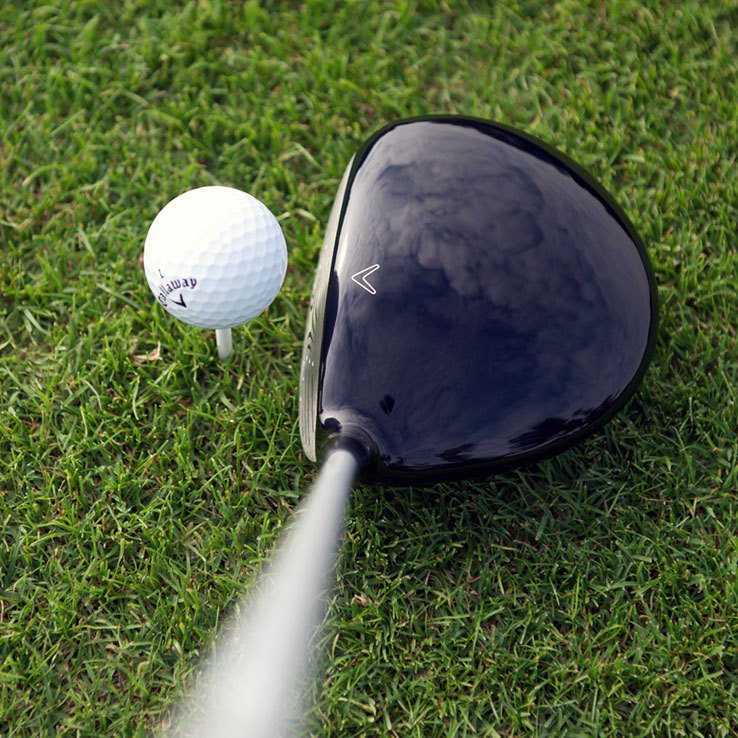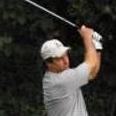IGNORED
Spike Marks
Note: This thread is 2789 days old. We appreciate that you found this thread instead of starting a new one, but if you plan to post here please make sure it's still relevant. If not, please start a new topic. Thank you!
-
Topics Being Discussed Right Now on The Sand Trap
-
- 30 replies
- 2,481 views
-
- 10 replies
- 2,222 views
-
- 3,512 replies
- 374,472 views
-
- 8,515 replies
- 390,450 views
-
Low Spinners (Viktor Hovland, AoA) 1 2 3
By iacas, in Instruction and Playing Tips
- spin loft
- low spinner
- (and 2 more)
- 39 replies
- 10,068 views
-








Recommended Posts
Create an account or sign in to comment
You need to be a member in order to leave a comment
Create an account
Sign up for a new account in our community. It's easy!
Register a new accountSign in
Already have an account? Sign in here.
Sign In Now